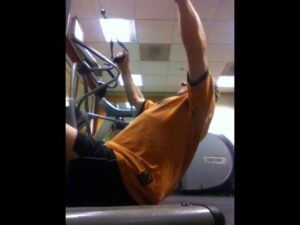medskl.com is a global, free open access medical education (FOAMEd) project covering the fundamentals of clinical medicine with animations, lectures and concise summaries. medskl.com is working with over 170 award-winning medical school professors to provide content in 200+ clinical presentations for use in the classroom and for physician CME. Nephrology – Chronic Kidney Disease Whiteboard Animation Transcript with Steven Cheng, MD https://medskl.com/Module/Index/chronic-kidney-disease Chronic Kidney Disease (CKD) is caused by a wide variety of pathologic processes, including diabetes, hypertension, and autoimmune diseases. The stages of CKD, from stage 1 to stage 5, reflect progressive loss of function as quantified by the glomerular filtration rate or GFR. GFR is commonly estimated using serum creatinine levels, which increase as renal function falls. In early CKD, patients are frequently asymptomatic due to the large amount of “backup function” in the kidneys. However, as more function is lost, this ability to compensate is overwhelmed. Fluids, electrolytes, minerals, and acids, which are usually flushed out of the body, begin to accumulate, and patients develop anemia and bone/mineral disorders. While we cannot undo this damage, we can prevent the complications of chronic kidney disease. Dietary restrictions to lower sodium and potassium intake can prevent electrolyte abnormalities and diuretics can remove excess fluid. We can also prevent progressive damage from hypertension and proteinuria, using medications that target the renin-angiotensin-aldosterone axis. In some, GFR may continue to fall despite intervention, especially when the underlying disease is poorly controlled or chronic damage is extensive. Patients subsequently develop symptoms of uremia, including persistent fatigue, nausea, vomiting, anorexia, and confusion. Treatment includes dialysis – through a variety of methods – to remove toxins and prolong life. However, the best option for uremic patients is renal transplantation. With a carefully supervised anti-rejection regimen, these patients can again enjoy life with a new kidney.
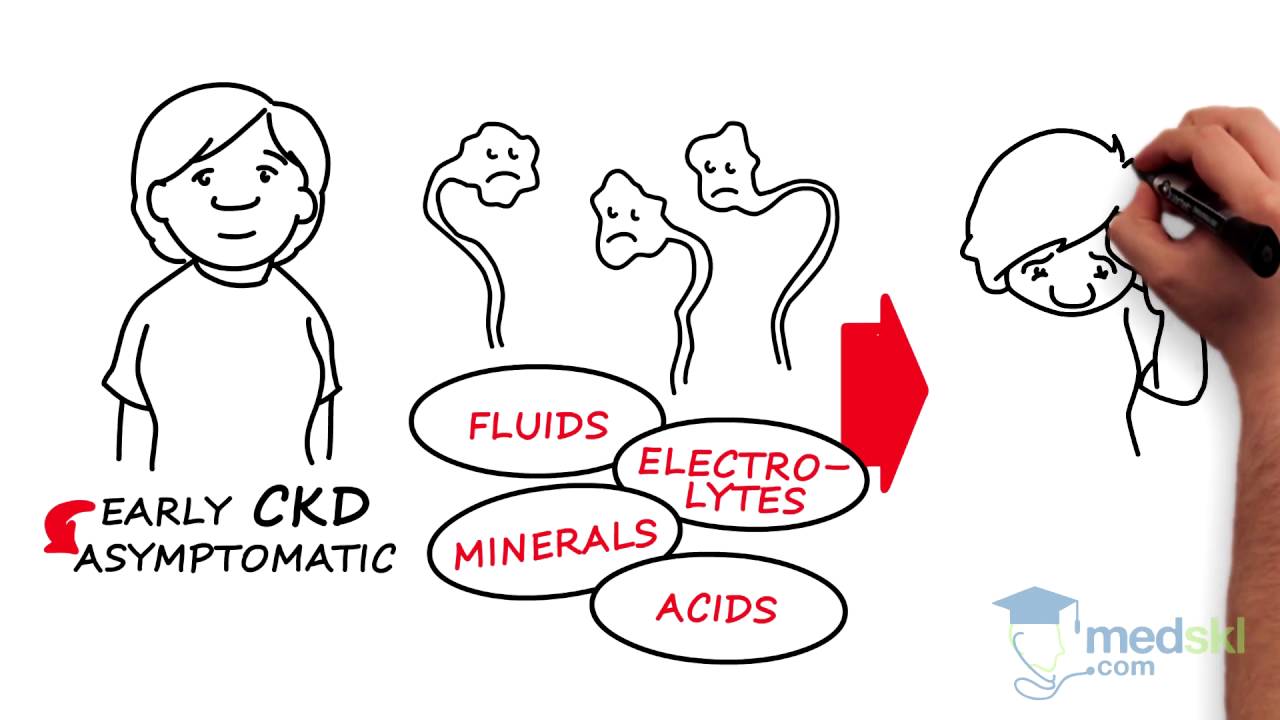
Nephrology – Chronic Kidney Disease: By Steven Cheng M.D.
- Post author:
- Post published:May 24, 2021
- Post category:Uncategorized
- Post comments:0 Comments
You Might Also Like
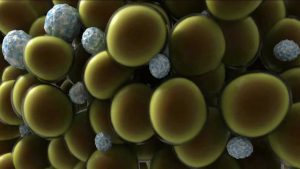
CoolSculpting Fat Reduction Process Animation | Pittsburgh, PA

What is BMR? Learn all about BMR and calculate your RMR in this week’s video

Water Polo Video – 3

How To: Seated Incline Dumbbell Bicep Curl
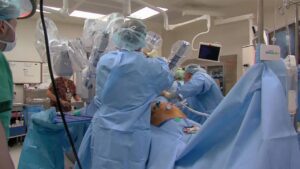
Cardiology Video – 1

Tuberculosis, Causes, Signs and Symptoms, Diagnosis and Treatment.

HBP 005- How stress causes High Blood Pressure
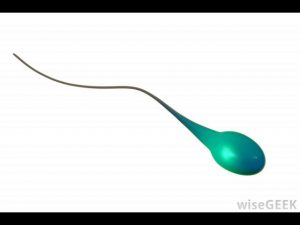
What Is Semen

Top 10 Protein Sources, Healthy Vegetarian & Meat Foods, Weight Loss Nutrition Tips | Health Coach
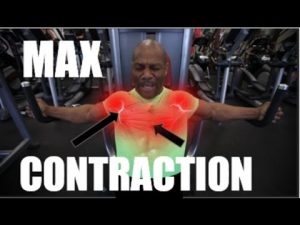
MAX CONTRACTION – 4 – MAXIMUM MUSCLE GROWTH!!!!

Full day Diet Plan to GAIN WEIGHT for Beginners! (Hindi / Punjabi)
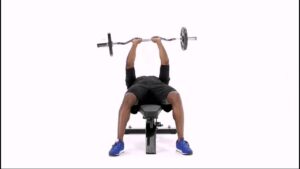
Lying Triceps Extension to Close Grip Bench Press Exercise
One Arm Row Dumbbell-1
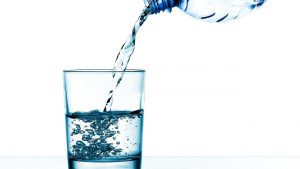
What to Eat If You’re Obese | Obesity
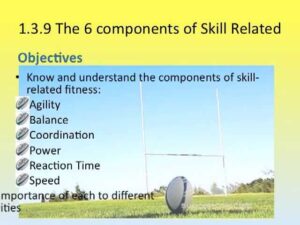
6 components of Skill related fitness
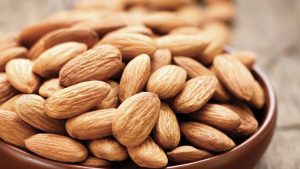
Lower High Blood Pressure Fast | Cure Hypertension Naturally

Diazepam and Alcohol Withdrawal

Foods to Boost Lactation
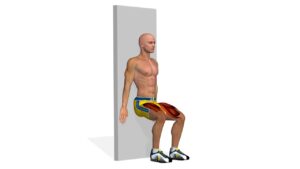
How To Have Perfect Legs: Wall Sit
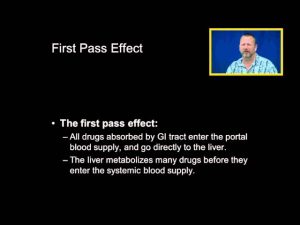
Bioavailability
ESR Test

D.1 Methods of drug administration (SL)
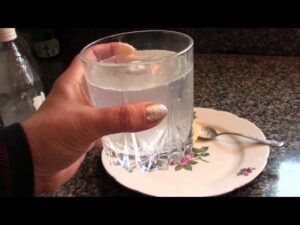
Remedy for High Blood Pressure that works
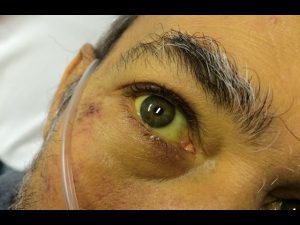
severe case of jaundice – v2

How To: Alternating Dumbbell Curl

Tadalafil (Cialis) for Erectile Dysfunction – 5mg, 10mg, 20mg – Uses, Dosage & Side Effects
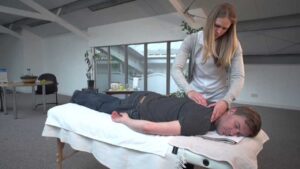
Bowen Therapy Video – 4

Upper body workout (middle back, biceps, lats): bent over dumbbell row

Are shrugs the best exercise to develop your Upper Traps / Trapezius? Here’s some great alternatives
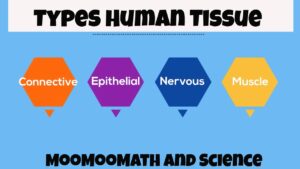
The Human Body Video – 6
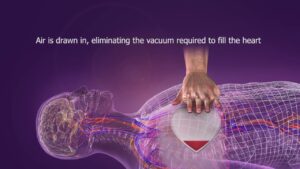
CPR Cardiopulmonary Resuscitation Video – 4

What is the difference between Acne and Pimple? – Dr. Sachith Abraham

Pully cable kick back extension for triceps.. triceps workout

Spa Resort Video – 2
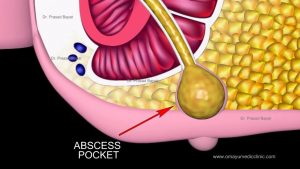
Know Everything About Anal Fistula – Formtion | Cure | Kshar sutra Treatment

Glomerular Filtration: Myogenic Reflex (Autoregulation)

A Healthy Guide to Good Nutrition | What is Nutrition | Nutritional Information
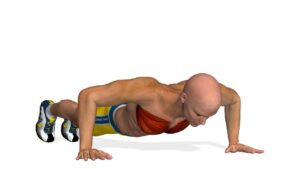
Chest Workout: Push-Ups

Lateral Raises-2

Pediatric Surgery Video – 1

Human Body, Body Building Muscle Building Anatomy Physiology Video – 39
